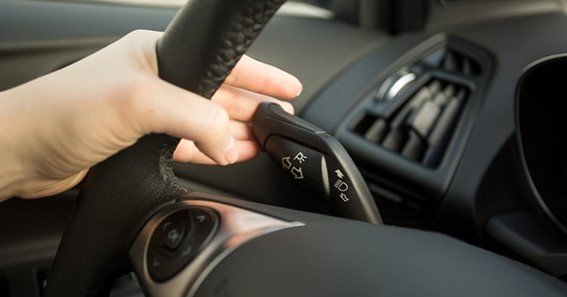Do you know what is a blinker? A blinker is installed at the foremost and rear points of the car, and it can be controlled with the help of the lever or button placed inside the automobile. When activated, they flash, informing other motorists and pedestrians about the intended direction of the car,
What is a blinker?
A blinker on the vehicle is also called the turn signal light, which shows the driver’s intentions to turn left, right, or move to another lane. They are usually placed at either end of the vehicle, specifically at the front and rear corners.
Operated by a switch mounted on the steering wheel, indicators are safety tools that are vital when informing other road users of the next intended movement of the vehicle to reduce the occurrences of an accident.
Importance of blinkers
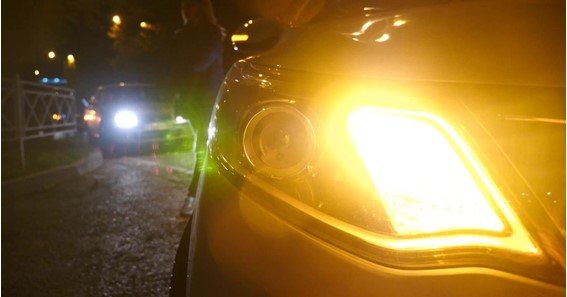
Blinkers are essential in road usage since they inform other traffic users of the intentions of a particular driver, for instance, turning or changing to avoid an accident and consequently maintain proper traffic. Blinkers notify other drivers or people in the same lane or the adjacent ones of the change in the upcoming maneuvers.
Therefore, everyone has ample time to avoid an accident. In most places worldwide, they are mandatory, reinforcing their function in ensuring a restrained, systematic manner of driving.
Use of blinkers to reduce traffic accidents
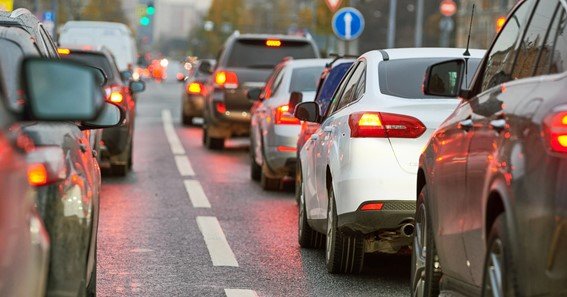
Blinkers help decrease the traffic accident rate due to improved communication and the increased predictability of other drivers. When people turn on blinkers to inform their intentions to change lanes, turn, or overtake, they share information with other road users. This gives other users time to slow down or move aside, avoiding the occurrence of accident-causing movements on the roadways.
Effect of weather conditions on blinkers
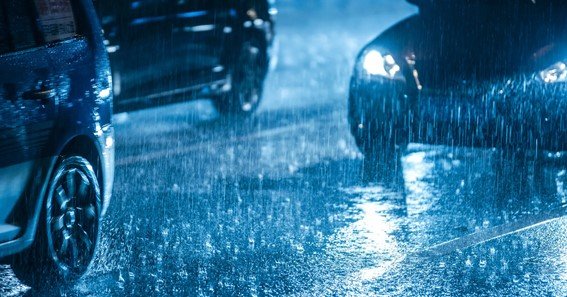
Weather conditions will likely affect the visibility of blinkers attached to automobiles and, thus, their usefulness. This is especially true in bad weather; for example, when it is raining, snowing, or foggy, its visibility is partially obscured by the lights, which sometimes may cause misunderstandings and traffic accidents.
Ice and frost may build up on the blinkers, adding to problems and decreasing the blinkers’ efficiency. Further, there may be instances of overloading, or even the brightness of the blinkers may fade during bright sunlight or glare, thus becoming hard for other drivers to see.
Technological Innovations in Blinker Systems
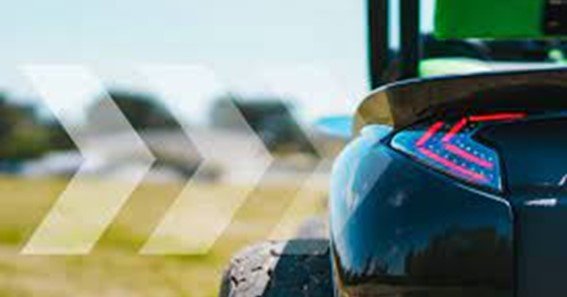
Technological Innovations in Blinker Systems broadly discusses the advancements in the turn signal systems of vehicles, highlighting the transformation from the most straightforward incandescent bulb turn signal to today’s advanced electronic turn signal.
This topic focuses on developments including LED blinker lights, dynamic turn signals, and intelligent blinker systems incorporating vehicle safety systems. In particular, it describes how such innovations make goods transport more visible, efficient energy usage, and more accessible communication between drivers.
Legal Requirements and Regulations for Blinker Usage
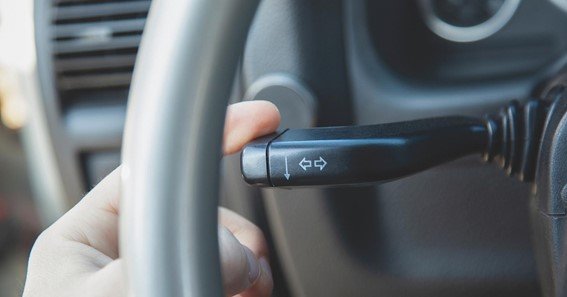
Legal Requirements and Regulations for Blinker Usage expand into the general mandatory directions concerning the proper use of blinkers in different countries and states.
The topic focuses on signaling turns, lane changes, and other maneuvers by employing blinkers and the consequences of failing to adhere to this regulation. It considers changes in signaling rules concerning blinkers, distinguishing kinds of blinkers, the time they use, and the visibility standards they meet between different jurisdictions.
Conclusion
Therefore, blinkers or turn signals are an essential tool to inform other drivers of the following action, either to turn, change a lane, or move into another lane, making it safer and more orderly.
These signs assist in conveying some information to other road users on how they should be placing themselves for the following maneuvers in front of them, which helps in reducing and eliminating cases of accidents, consequently enhancing safety on roads.
They should not be underrated since they are helpful when indicating to other motorists and avoiding circumstances when misunderstanding or rage may arise, resulting in non-predictable behavior of others and therefore making the traffic more cooperative, which is beneficial for every motorist.
Consequently, it is healthy to understand the relevance that blinkers serve, which goes a long way in explaining that they cannot be ignored in the already set transport system.
FAQ
What are blinkers and how do they function?
Blinkers, also called turn signals, are the flashing lights on the cars to indicate that the driver intends to turn left or right, wants to shift from one lane to the other, or uses a ramp. It is controlled by a lever or switch on the right side of the steering wheel and blinks in a particular rhythm to indicate the intended maneuver.
Why are blinkers necessary on the roads?
Blinkers are essential in road safety since they inform other road users, such as drivers, pedestrians, and cyclists, of the driver’s intentions. By telling others about the specific planned actions intended next on the road, blinkers help eliminate cases of confusion and act as a means by which others can prepare for what the driver wants to do next.
What are the legal aspects that must be taken into consideration before blinking?
However, blinkers are legally required in many jurisdictions, mainly when entering, overtaking, or turning. The inability to deal with blinkers properly causes a violation of traffic rules and, in extreme cases, chances of attracting a fine. Every driver needs to know legal requirements and standards concerning using blinkers in a particular jurisdiction.
What are the implications of riding without them?
The failure to put blinkers can result in misunderstanding, confusion, and probably the formation of a hazardous situation on the road. Other drivers may not be able to read the intentions of a particular driver, raising the probability of getting rear-ended, side-swiped, or in an accident involving a pedestrian.
Are blinkers suitable for traffic?
Indeed, blinkers are essential in traffic flow since they inform other drivers that a driver intends to turn or move towards another lane. This enables other drivers to alter their speed and locations to that of the prioritized car and thus minimize traffic bottlenecks and enhance transitions.
Sources:
https://auto.howstuffworks.com/turn-signal.htm
https://www.youtube.com/watch?v=CuX10DsDgpI
https://www.weedsociety.com/what-is-a-blinker-everything-you-need-to-know
